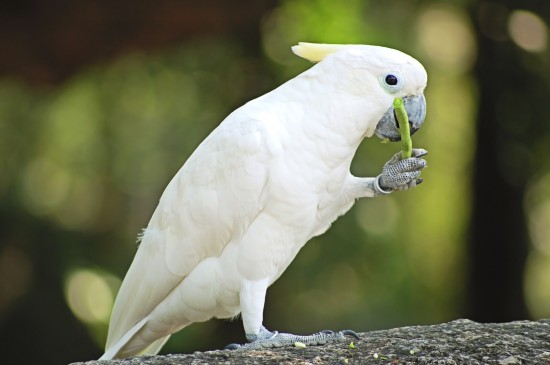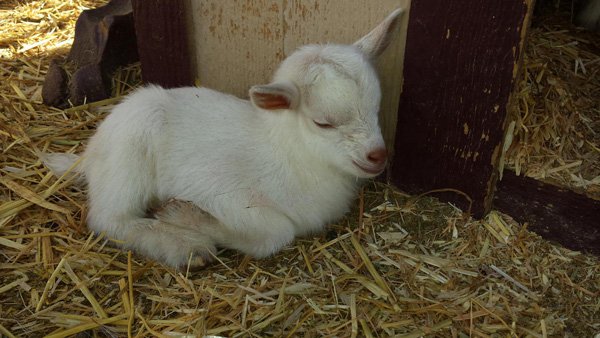
I read the book many years ago now. “Zen and the Art of Motorcycle Maintenance” A moving book, full of wisdom and love, it is a wonderful read.
It takes you on a journey, through philosophy, life, questions of quality and quantity, in an entertaining and gentle cross country journey.
So what has the book to do with keeping reptiles? Lots actually. But I only want to deal with one of the many ideas in the book. The idea of engaging yourself fully in an activity and paying attention to details. The Zen of keeping reptiles.
The author and journeyman, Robert Pirsig, looks after his motorcycle on the journey by paying attention to details and doing the maintenance and the little things regularly and enveloping himself in the activity and the moment as he does so. So it should be with your reptiles.
Spot cleaning your cages every day will make looking after the cages much easier. I keep a small spray bottle next to the cages, along with paper towels. This means I can clean up any fecal matter straight away. I can also spray this or any urine and clean it off there and then. This simple procedure means that cleaning the cages is much easier when I do a full clean out and disinfect. At the moment the bottle is pure water as I also use it to spray the bearded dragon’s greens but I think I might make a separate one with a mild detergent mix – better not confuse them.
Water is checked daily and the water bowls given a wash and clean out weekly (or daily if there is any fecal matter or contaminants in the bowl). I am lucky enough to have filtered water available so this reduces the growth of moulds and algae in the water bowls significantly as the water has no nutrients. But only if I thoroughly clean the water bowls.
A scrubbing brush is important when cleaning the water bowls and the cage furniture. The artificial rock material that the bowls are made of will collect algae, urine, feces and moulds in all of the crevices, so a scrubbing brush will allow you to get as much as this a removed as possible.
Also, using bleach to disinfect it on a regular basis (or if it has fecal matter on it) is important. Make sure you thoroughly rinse the bowls and other cage furniture with fresh water once you have cleaned them. There are a number of commercial reptile cage cleaning materials on the market if you want to use these as well, but to date I have not had to use any of these.
Regularly examine you reptiles closely. Get them out and look carefully at them, all over. Examine their eyes, their mouths, their body and their cloaca (snakes rear end used for waste and reproductive discharges). If you have lizards, check the feet carefully. Look for anything unusual. If you examine you reptile regularly, you will more than likely readily notice anything unusual, as you have looked thoroughly at them before. Remember to treat them gently while doing this to keep your trust with your pet and not give them fright if you can avoid it.
Paying attention to details is important. You will appreciate your fascinating friend much more when you look closely and see how fantastic and interesting they really are.
Make sure the food you are feeding your reptile is in good condition and if it is vegetable matter, make sure it is fresh. You wouldn’t eat two week old, limp, or slimy bok choi. So why should your lizard? If the food looks bad enough so that you wouldn’t want to eat it, don’t feed it to your pet. Never re-freeze mice or rats. It’s not bait (no wonder I can’t catch a fish).
These are just a few things to help you look after your pet. Involve yourself fully in the moment and the activity of care and maintenance and enjoy it for what it is. You’ll find you pet reptile much more rewarding.
Mark Chapple is the Author of “How to Build Reptile Enclosures”
Find out how to build reptile cages. Full color pictures, detailed diagrams and easy to follow, step-by-step instructions.
http://www.reptile-cage-plans.com
 Information About Birds For Potential Pet Bird Owners
Information About
Information About Birds For Potential Pet Bird Owners
Information About
 Collect Amazing Items to Delight Your Pets from the Best Online Pet Store
Collect Amazing Items to Delight Your Pets from the Best O
Collect Amazing Items to Delight Your Pets from the Best Online Pet Store
Collect Amazing Items to Delight Your Pets from the Best O
 The Temperament Differences Between Dogs And Bitches
The Temperament D
The Temperament Differences Between Dogs And Bitches
The Temperament D
 Miniature Pinscher Hereditary Health And Health Testing
Miniature Pinsche
Miniature Pinscher Hereditary Health And Health Testing
Miniature Pinsche
 Is The Beauceron Dog A Good Choice Of Pet?
Is The Beauceron
Is The Beauceron Dog A Good Choice Of Pet?
Is The Beauceron
Copyright © 2005-2016 Pet Information All Rights Reserved
Contact us: www162date@outlook.com